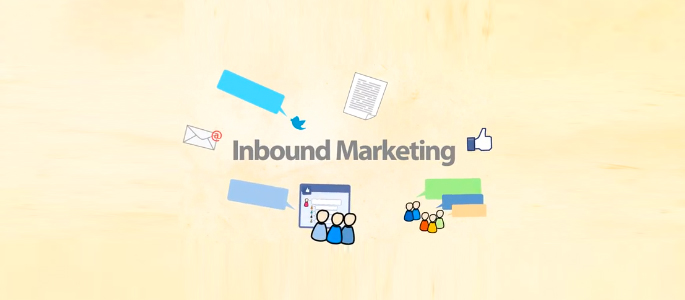Bloggers: Is There a New Google Glass Ceiling for Authors?
Since the idea was first introduced and rolled out, I’ve been a huge fan of the Google Authorship program. Recent updates to Authorship, however, are raising some eyebrows.
Article originally published on Social Media Today.
By allowing specific individuals (and to a lesser degree, companies) to make claim to their content, Google has created an easy way for the best writers and thinkers to have their work be discovered more easily, while simultaneously reducing the incentives to plagiarize and improving ranking opportuniities.
But, as with all things in online – and especially all things that have to do with Google – authorship is changing. That’s because author snippets were becoming too dominant in search results.
That has led to a predictable reduction in the number of author snippets being displayed. The catch, though, is that not all authors are being affected equally, or in the same way. So, the question to ask today is: Is there a new glass ceiling for Google authors… and if so, how do you deal with it?
Understanding Google Authorship Changes
Google foreshadowed this shift in authorship priorities last fall, outlining a preference toward “higher-quality” search results through their full-time algorithm architect and part-time oracle Matt Cutts. By doing so, they made it very clear that what they were looking for was a better search experience for users, which necessitated a decrease in the number of author snippets being shown.
As a result, marketers have seen bios fall into three categories:
- Full, unaffected snippets complete with author photos
- Bylines being given without photos or extended bios
- Content being shown without any associated author information at all
Naturally, those who don’t fall into the first category are upset, and those authors whose information isn’t being shown at all have the most to grumble about. What’s really interesting, though, is that most of the changes don’t seem to have much to do with the authors themselves, but where their work is being published. In fact, a number of different content creators are seeing their bios being displayed differently based on the site where the content is being presented.
That leads me to believe that, at this stage at least, the change might be more about the trustworthiness of specific sites rather than individual authors. In that way, the new Google Authorship update is more a tweak of the previous Penguin and Panda updates than it is a wholly new shift.
How to Rise Above the Google Authorship Glass Ceiling
So, if Google thinks that some authors (or some websites) aren’t worthy of rising high in search engine listings, how do you break through the glass ceiling?
Although the answers might change a little over time, here are some good places to start:
1. First, make sure your Google+ profile is complete and growing.
Obviously, your author bio information can’t be shown if it doesn’t exist or isn’t easy to find. So, make sure that your G+ profile has photos and links, and that your circles are continually growing.
2. Become a source of unique, timely, high-quality content.
Again, this isn’t new advice, but it is more important than ever. If you want Google to trust you, not to mention your website, you have to build a content profile that distinguishes you from the competition. That means publishing regularly, and creating the kinds of ideas and articles that others want to share and comment on.
If you are starting from scratch, or just want to get better at creating content that’s friendly for search and readers, we recommend you check out my book Findability, available on Amazon.
3. Distribute at least some of your content to very reputable sources.
Here is where it gets tricky. Coming up with great content is hard enough, and so it’s natural to want to keep what you write on your own website. But, by publishing some of it elsewhere (like I do on socialmediatoday.com), with links back to your own site as well as others, you can gain new readers, enhance your credibility, and build up your author profile all at the same time. So, look for places where your colleagues or customers might want to find your articles, and then start sharing.
The Bottom Line on Authorship Updates
The early changes to Google’s Authorship program seem to be right in line with what we saw during Penguin and Panda – with higher-quality sites being prioritized over others that weren’t as trusted or updated as frequently. There aren’t any guarantees that things won’t keep changing, though, so the best thing to do is what you should have been doing all along, which is creating great content and being sure to present some of it on high ranking sites.
After all, Google doesn’t love or hate certain authors, in the same way that it doesn’t naturally prefer or punish specific websites. Instead, it wants the very best search results for its users, so it’s up to you to send the right signals and make your content stand out.
So tell me, how have you been affected by these latest algorithm changes?
Enjoyed my article? I’d love to connect with you in Google+.
One more thing… Don’t forget to set up your authorship correctly. A common error, adding the re:author code site-wide. Be sure to use re:publisher site wide, and rel:author more specifically.
{{cta(’50b5e2ca-95c0-4ebf-a497-cb56bf055062′)}}







